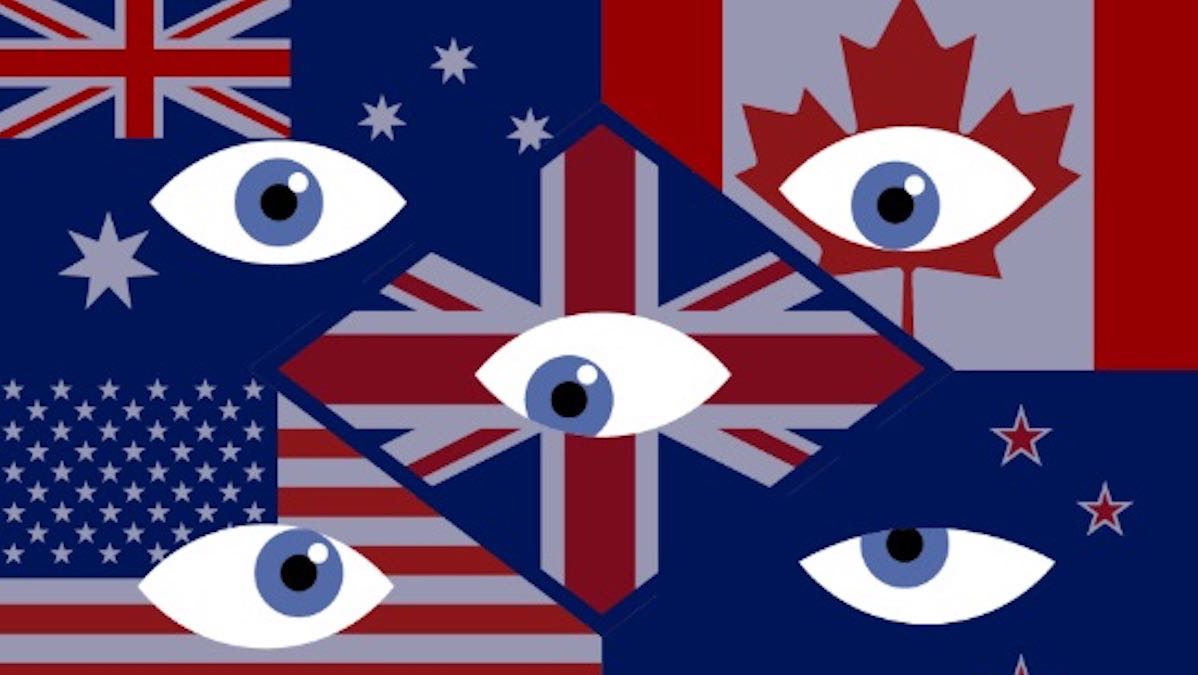Role of the Five Eyes Alliance in the India-Canada Issue
The India-Canada issue, sparked by Canadian Prime Minister Justin Trudeau’s allegations of potential links between the Indian government and the killing of separatist leader Harmeet Singh Nijjar in Canada, has drawn the attention of the Five Eyes Alliance. This intelligence-sharing alliance comprising the United States, United Kingdom, Australia, Canada, and New Zealand has played a pivotal role in shaping the controversy.
Formation and Origins of the Five Eyes Alliance
The Five Eyes Alliance traces its origins to World War II when the UK and the US decided to share intelligence after successfully breaking German and Japanese codes. The initial Britain-USA (BRUSA) agreement was established between the US War Department and the UK’s intelligence and security agency, Government Code and Cypher School (GC&CS). This agreement aimed to share intelligence information, support US forces in Europe, exchange personnel, and develop joint regulations for handling sensitive material.
The BRUSA agreement laid the groundwork for the UK-USA (UKUSA) agreement, officially signed in 1946. Canada joined the alliance in 1949, followed by New Zealand and Australia in 1956, forming the Five Eyes. While the existence of the agreement was known from the 1980s, it wasn’t officially acknowledged until the release of the UKUSA agreement files in 2010.
How the Five Eyes Alliance Operates
The Five Eyes countries collaborate closely on matters of intelligence gathering and security. They share mutual interests, including addressing the rise of China, which has led to increased alignment in recent years. The alliance’s strength is attributed to shared language and trust built over decades.
In 2016, the Five Eyes Intelligence Oversight and Review Council was established. This council comprises non-political intelligence oversight, review, and security entities from the Five Eyes countries. They exchange views, compare best practices, hold regular conference calls, and convene annually.
However, despite their closeness, the Five Eyes countries may not always align on foreign policy issues. For example, New Zealand has refrained from outright condemnation of China’s actions concerning Hong Kong and the treatment of the Uighur minority, citing deep trade ties with China.
Role of Five Eyes in the India-Canada Issue
The Five Eyes countries, particularly the US, the UK, and Australia, are viewed as close to India. They also have significant Indian and Indian-origin populations and have experienced instances of pro-Khalistan activities. However, their historical ties to Canada and the alliance structure mean they are unlikely to offer outright support to either India or Canada in this dispute.
Nevertheless, once these countries have access to clear intelligence and information on the matter, they could potentially play a mediating role in the India-Canada issue. Canada may also approach its partners, such as the US, to share additional information related to the investigation, leveraging their broader networks and capabilities.
Month: Current Affairs - September, 2023
Category: International / World Current Affairs









Garima Katiyar
August 7, 2024 at 3:57 amWhat about stone ghost??? Network of five eye